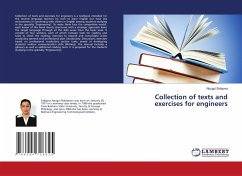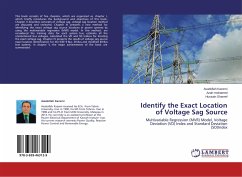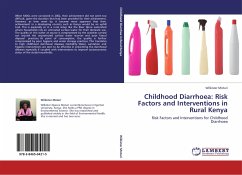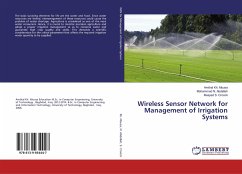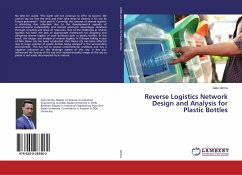
Location Optimization to Determine Rural Telecenter Network
Versandkostenfrei!
Versandfertig in 6-10 Tagen
22,99 €
inkl. MwSt.

PAYBACK Punkte
11 °P sammeln!
In different parts of the world, telecenters have been in use to make people get benefit from information and communication technologies. In those centers disadvantaged people can access internet and use electronic services offered in a broad range. And rural inhabitants are among these disadvantaged people. As well as digital inclusion, telecenters also contribute rural development. In general the biggest challenge for telecenters is their sustainability. In rural areas this problem gets even bigger as demand for such services are relatively lower because of the lack of awareness and motivati...
In different parts of the world, telecenters have been in use to make people get benefit from information and communication technologies. In those centers disadvantaged people can access internet and use electronic services offered in a broad range. And rural inhabitants are among these disadvantaged people. As well as digital inclusion, telecenters also contribute rural development. In general the biggest challenge for telecenters is their sustainability. In rural areas this problem gets even bigger as demand for such services are relatively lower because of the lack of awareness and motivation. Thus they need to be carefully designed to ensure their sustainability and efficient use. Because of this, their location, number and capacity gain utmost importance. Regarding the low demand and the difficulty to sustain telecenters in rural areas, the best approach is to establish those centers in only select hub settlements to be reached easily from the villages in close vicinity. In this study, optimization methods were used to determine the location of those rural telecenters. Three location optimization problems as set covering, p-center and p-median were defined and then solved.



